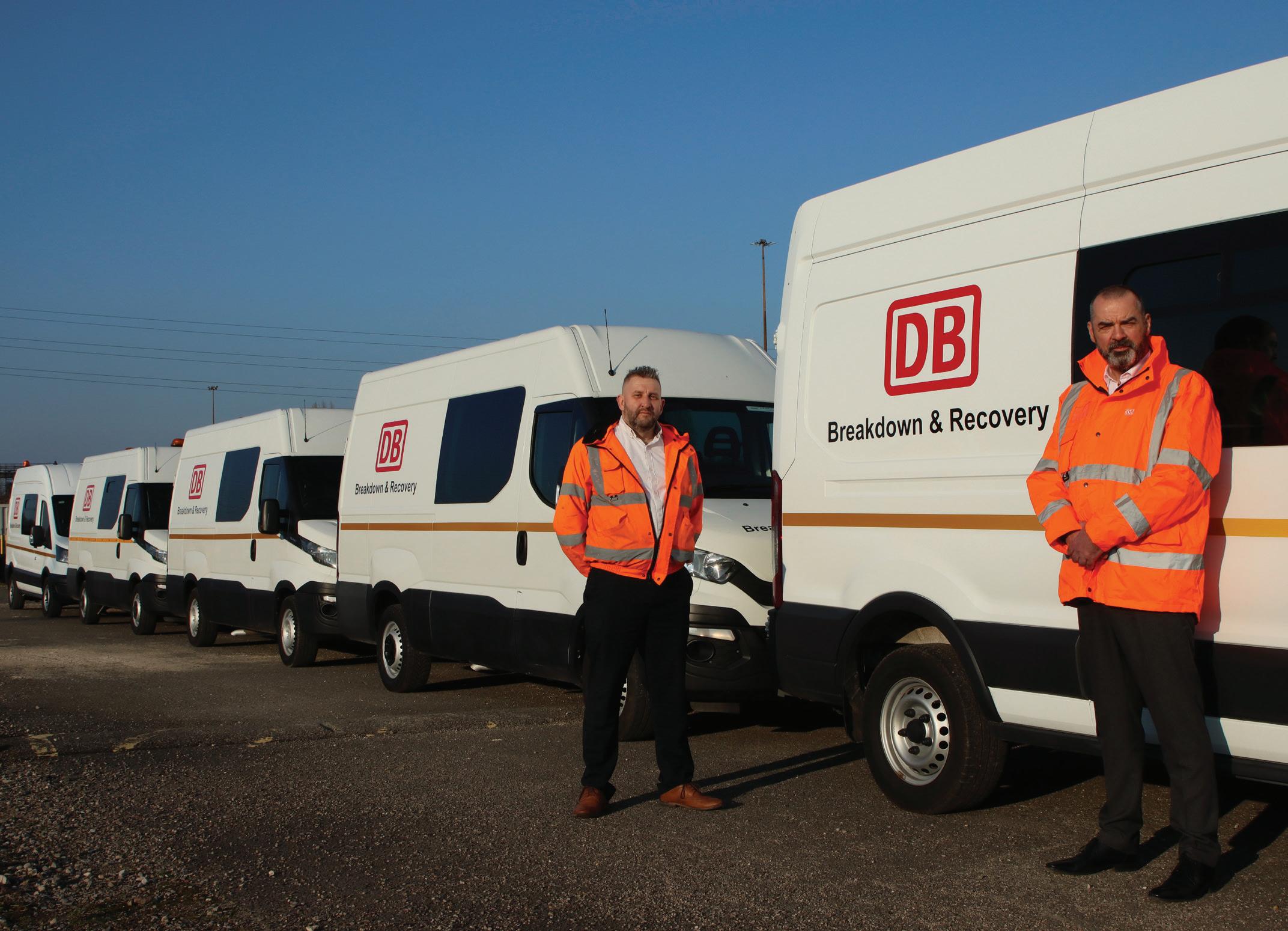
1 minute read
INTERMODAL
from Issue 27
First, a little history. The basis of the modern intermodal railway is the standardised shipping container. This highlights that while containers or boxes that could be filled with freight and be loaded between transport modes, horse-drawn carts to canal boats, railways to trucks, trucks to ships and railways to ships have existed in many forms since the 19th century, they were non-standardised.
By the 1830s, railways across several continents were carrying containers that could be transferred to other modes of transport. The Liverpool and Manchester Railway in the United Kingdom was one of these. Simple rectangular timber boxes, four to a truck, they were used to convey coal from the Lancashire collieries to Liverpool, where they were transferred to horse-drawn carts by crane.
Advertisement
The first international standard for contain- ers was established by the Bureau International des Containers et du Transport Intermodal (BIC) in 1933, and a second one in 1935, primarily for transport between European countries. American containers at this time were not standardised, and these early containers were not yet stackable – neither in the US nor Europe. In November 1932, the first container terminal in the world was opened by the Pennsylvania Rail Road Company in Enola, Pennsylvania. Containerisation was developed in Europe and the US as a way to revitalise rail companies after the Wall Street Crash of 1929, which resulted in economic collapse and a drop in all modes of transport.
In April 1951 at Zürich Tiefenbrunnen railway station, the Swiss Museum of Transport and the BIC held demonstrations of container systems for representatives from a number of European countries and the United States. A system was select-





